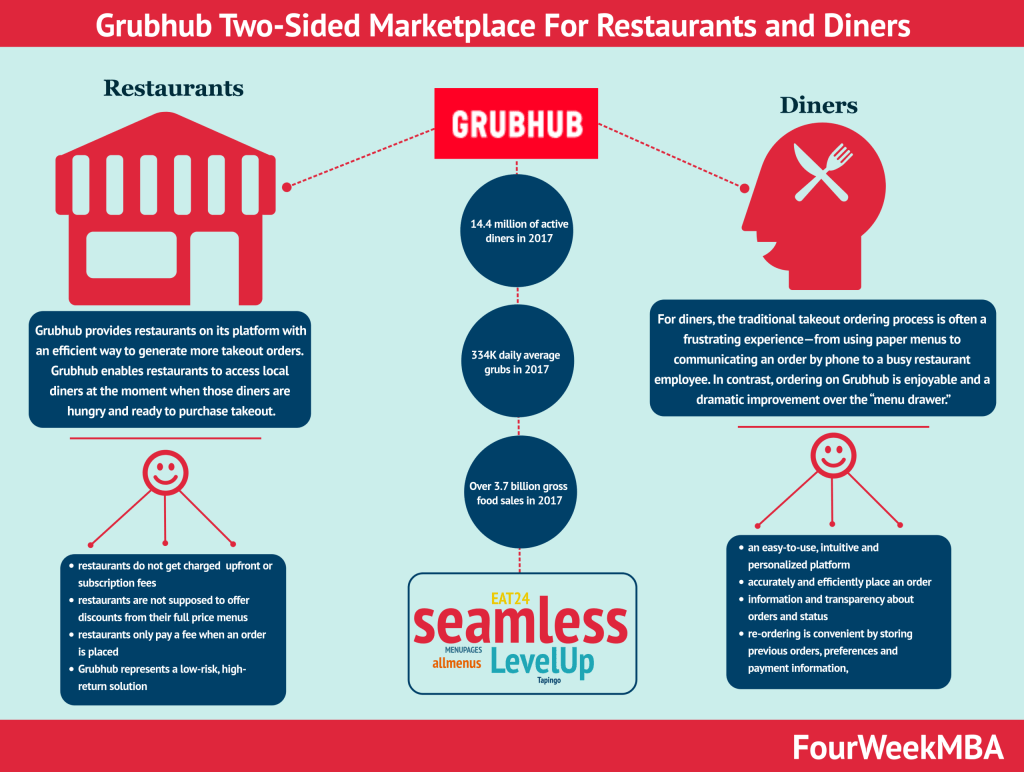Uber Eats generated $2.77 billion in revenues in Q3 2022, compared to $2.24 billion in Q3 2021. The take rate for Uber Eats was 20.2% in Q3 2022, vs. 17.4% in Q3 2021. Uber Eats posted $13.68 billion in gross bookings in Q3 2022 vs. $12.83 billion in Q3 2021.
| Revenues | Q3 2021 | Q3 2022 |
| Mobility | $2.2B | $3.82B |
| Delivery | $2.24B | $2.77B |
| Freight | $0.4B | $1.75B |
| Gross Bookings | Q3 2021 | Q3 2022 |
| Mobility | $9.88B | $13.68B |
| Delivery | $12.83B | $13.68B |
| Freight | $0.402B | $1.75B |
| Take Rates | Q3 2021 | Q3 2022 |
| Mobility | 22.3% | 27.9% |
| Delivery | 17.4% | 20.2% |
| Metrics | Q3 2022 |
| MAPCs | 124MM |
| Trips | 1.95B |
| Gross Bookings | $29.12B |
| Areas | Revenues |
| United States and Canada | $5B |
| Latin America | $0.52B |
| Europe, Middle East and Africa | $1.88B |
| Asia Pacific | $0.95B |
Connected Business Models

















